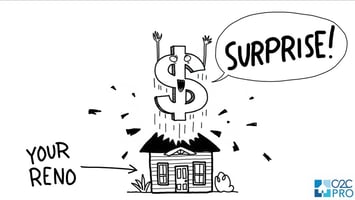Maintaining Control of Your Building Budget Nov 19, 2019 It’s often taken for granted that when you...
How to free up your assets and solve your MFR issues.
We know that most of the stress with operating a building business is that builder’s have to deal with the pain-points of the industry on a daily basis. It has the highest failure rate and suicide rate of any other industry. And it's purely about putting out these fires rather than wondering why this problem is occurring. And unless the root cause of the problem is identified, and then addressed, these pain points will continue to recur over and over again.
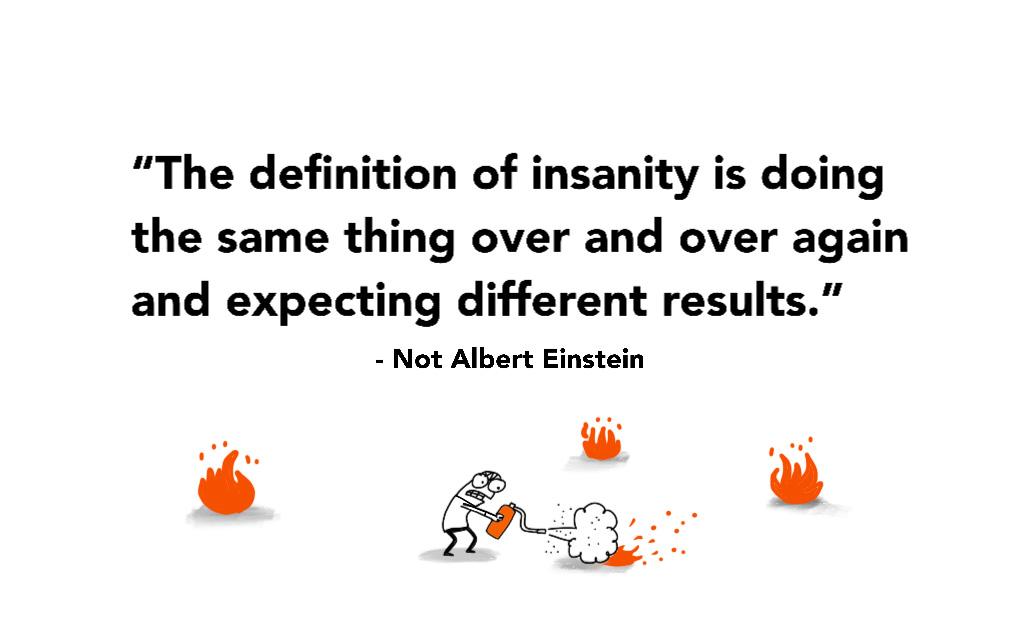
When you look at the overall picture, why would you recommend someone else to come into this industry?
But it's an industry that is needed, and it also needs to improve.
So we're going to show you some particular pathways by addressing the day to day problems that you are presented with and how solving these are the pathway to a better business for everybody.
One pain point builders have to deal with is the mandatory financial reporting, or MFR, which is certainly the hot topic at the moment, and a lot of pressure on particularly the smaller businesses to provide enough assets to support their current turnovers.
The obvious reaction for builders faced with this particular problem, would be to blame QBCC for putting the pressure to provide these assets. QBCC cop a lot of criticism, and in some cases rightly so, but in this particular case, can we really blame QBCC for being so tough when we look at the payment model that most builders work under?
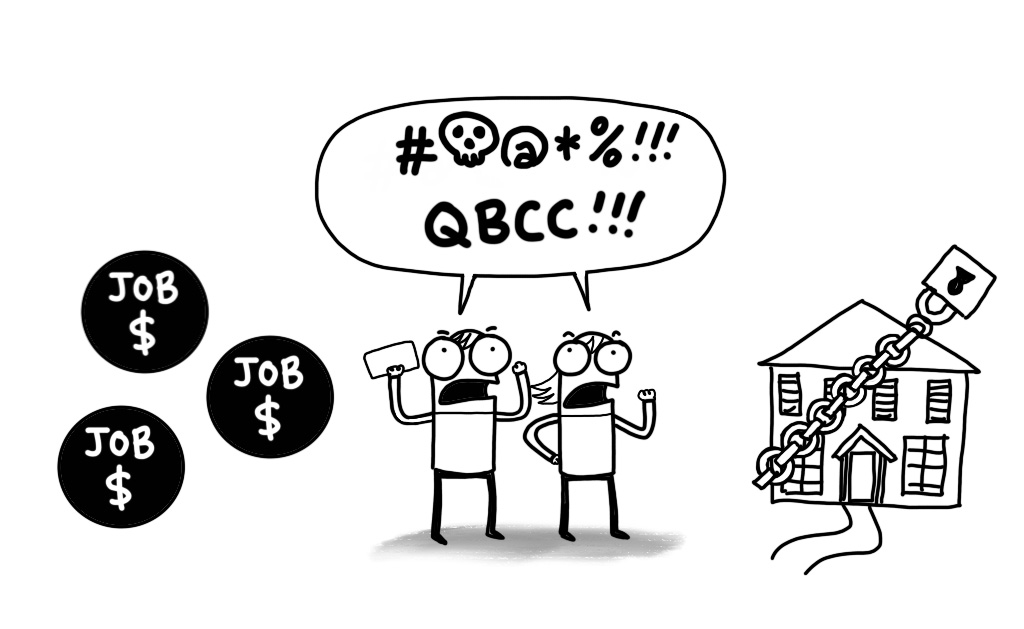
Let’s use an example of a $1 million contract and let’s say the builder has a 20% gross profit margin. So in those particular numbers on that million dollar contract, $200,000 is the builder's money and 800,000 is other people's money like the trades and suppliers.
This current payment method provides the customer (a homeowner) to pay the builder into his account the whole amount of money. So there's 800,000 of other people's money going to the builder’s account.
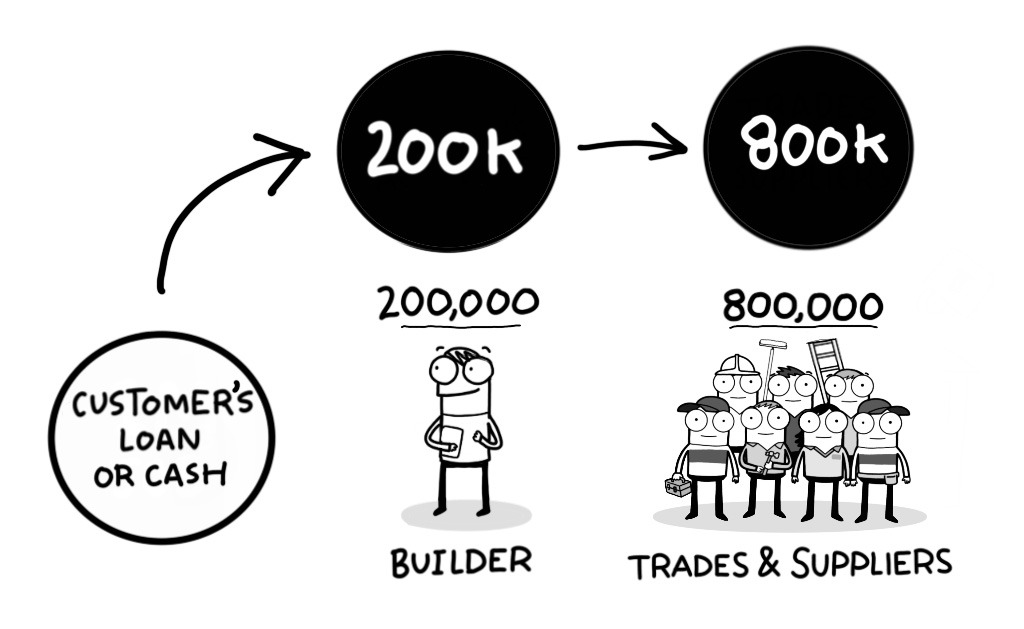
Now with tight margins and also the fact that builders are signing up contracts under a fixed price, that's going to be tough to deliver in an escalating price market and then there’s the temptation to sort of say, “look, I have this other money coming through the account, I'll use it as a temporary loan and pay it back.” Every progress payment can be a temptation, which is hard to ignore.
This payment setup can be a vicious cycle that can be a slippery slide to be suspended with the potential loss of your business knock on effect.
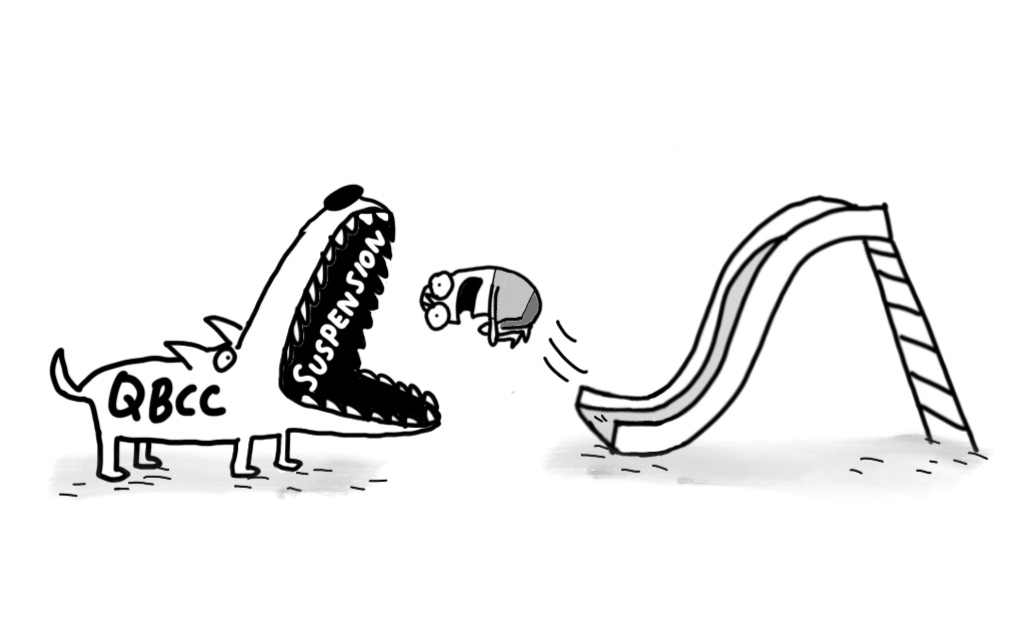
So rather than blaming QBCC, we need to look at why you need those assets. And it's purely for the point just mentioned above - that you're handling other people's money.
One way around this issue is to take advantage of a little known clause that builders very rarely use. It’s a contract provision that Master Builders, HIA and QBCC all have - a provision to set up what is known as a security account. It was originally brought into contracts by the wisdom of not just Master Builders HIA but also QBCC, so we need to give them a pat in the back for that.
Under this new payment model where the customer and the builder open up a joint security account, the customer now takes control of the payments directly to the trades and suppliers and the builder gets the cash flow benefits of being paid fortnightly or even weekly.
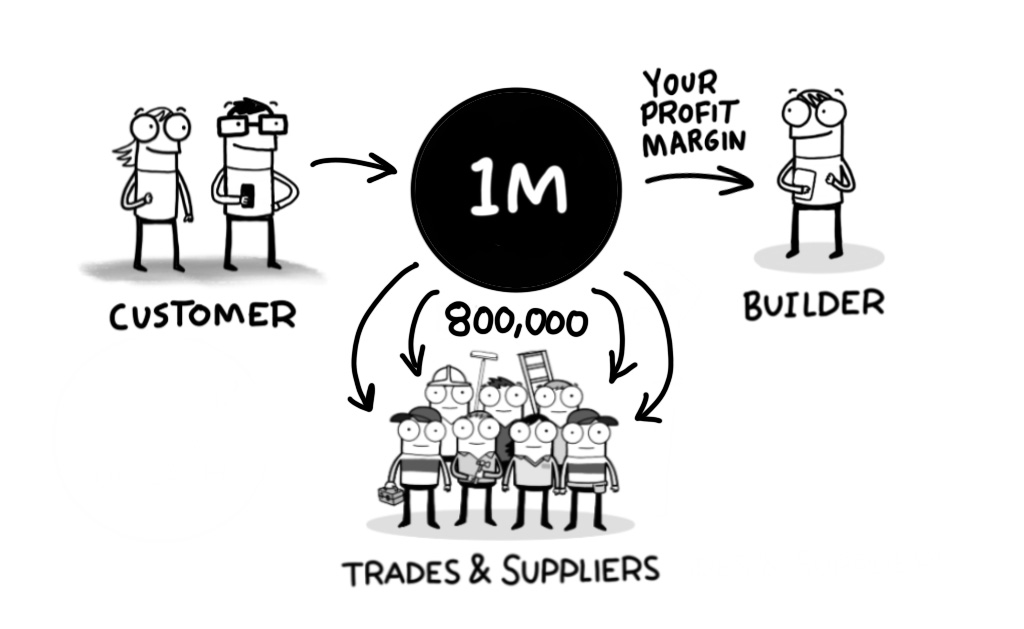
By simply changing the payment method you reduce your cash asset needs by a minimum of 75% which could potentially unlock your home - so it won’t be on the line anymore, so you can now use your assets to leverage for other purposes.
Even if you’re a builder who is doing pretty well and can provide the asset requirements, ditching the old ways of doing business can benefit you enormously. Imagine being able to release these tied up assets to be able to leverage to expand your property portfolio and reducing the high costs of running a thriving business. You no longer have to handle the books for other people, the trades and suppliers, doing their BAS and a whole heap of other admin activities that you won't need to do under this particular method.
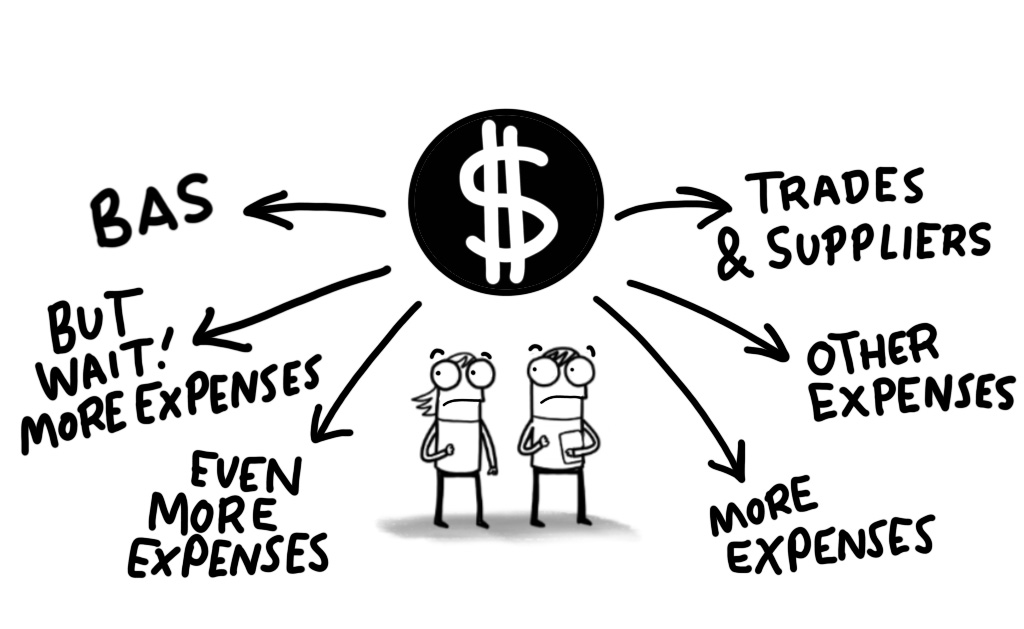
Imagine being able to tell the person who looks after your books, maybe your wife “You’re never going to have to pay another trade or supplier ever again and you're not going to be fielding phone calls from people wondering why they haven't been paid.”
Think about the pressure that takes away from your family - making a huge difference to your personal life, and certainly your business outcome.
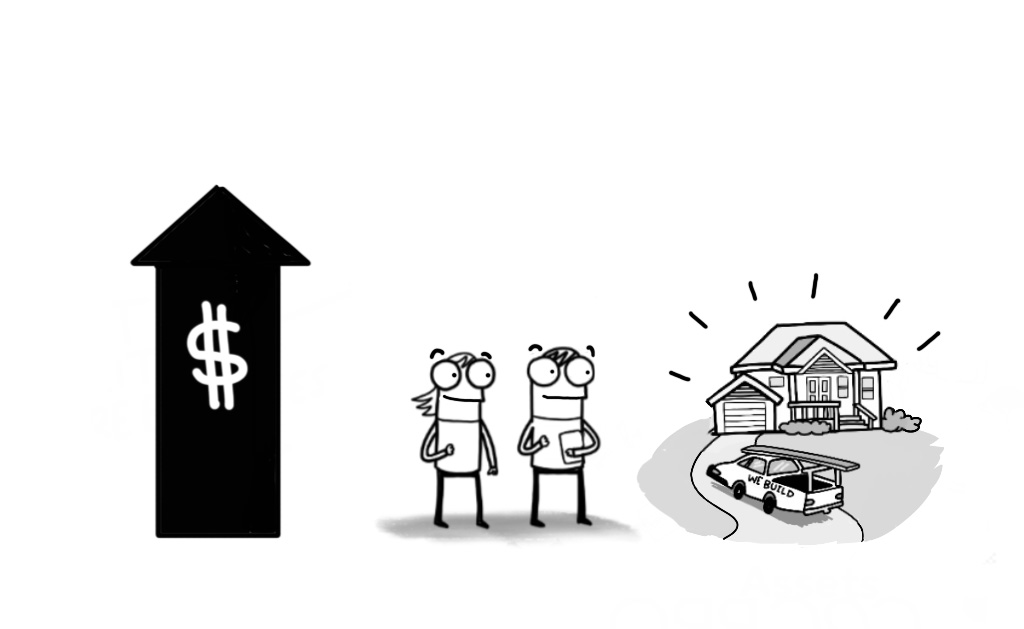
So when you may be considering taking on a mentoring program or a group that's going to show how to do better business in the old business model, or perhaps adopting some software to provide some management solutions, ask yourself three those three key questions:
- Can this deliver a new way of business that solves all the pain points of the building industry for both me and my customers?
- Can this deliver security of payment for me and my customers?
- Can this deliver more profits for me and savings to my customers?



